Personal and professional boundaries
Sub-Topic 4
Skills
Below are the skills in this Sub-Topic:
- I am able to develop and maintain a mutual relationship with patients/service users without crossing personal or professional boundaries.
Overview
Professional boundaries are described as the limits which should exist between someone undertaking a professional role (not necessarily a registered role) and the person in their care.
The boundaries agreed should separate your role as advisor, support, advocate and the role of a friend or family member may/should undertake. You should ensure that these boundaries are established with each client at the beginning of the engagement and review them on a regular basis.
Personal boundaries are the lines which you draw yourself as to the level of comfort around others eg physical contact, verbal discussions or your own personal space. They can also be emotional, material (protecting your belongings) or time.
Boundaries should be set when at work, when visiting service users and when working in your local communities.
Supervision sessions provide an opportunity for you to discuss boundary issues and identify ways to manage boundaries and expectations with service users and patients.
Why is this importantWhy is this important
Boundaries are there to keep people safe.
From a service user’s point of view, it is important that the individual understands what they can expect of you as someone who has been identified to provide guidance, advance and support.
Those who are registered with a professional body have an established Code of Conduct which relies on the individual to set both professional and personal boundaries.
Effective supervision supports good working relationships between and across teams. It can help the individual to address any issues in a confidential environment, whilst celebrating achievements at the same time.
Supervision should provide opportunities for individuals to discuss the learning from their experiences and identify areas for development.
Skills ReviewSkills Review
Having completed this sub-topic I will understand the importance of these skills.
- I am able to develop and maintain a mutual relationship with patients/service users without crossing personal or professional boundaries.
